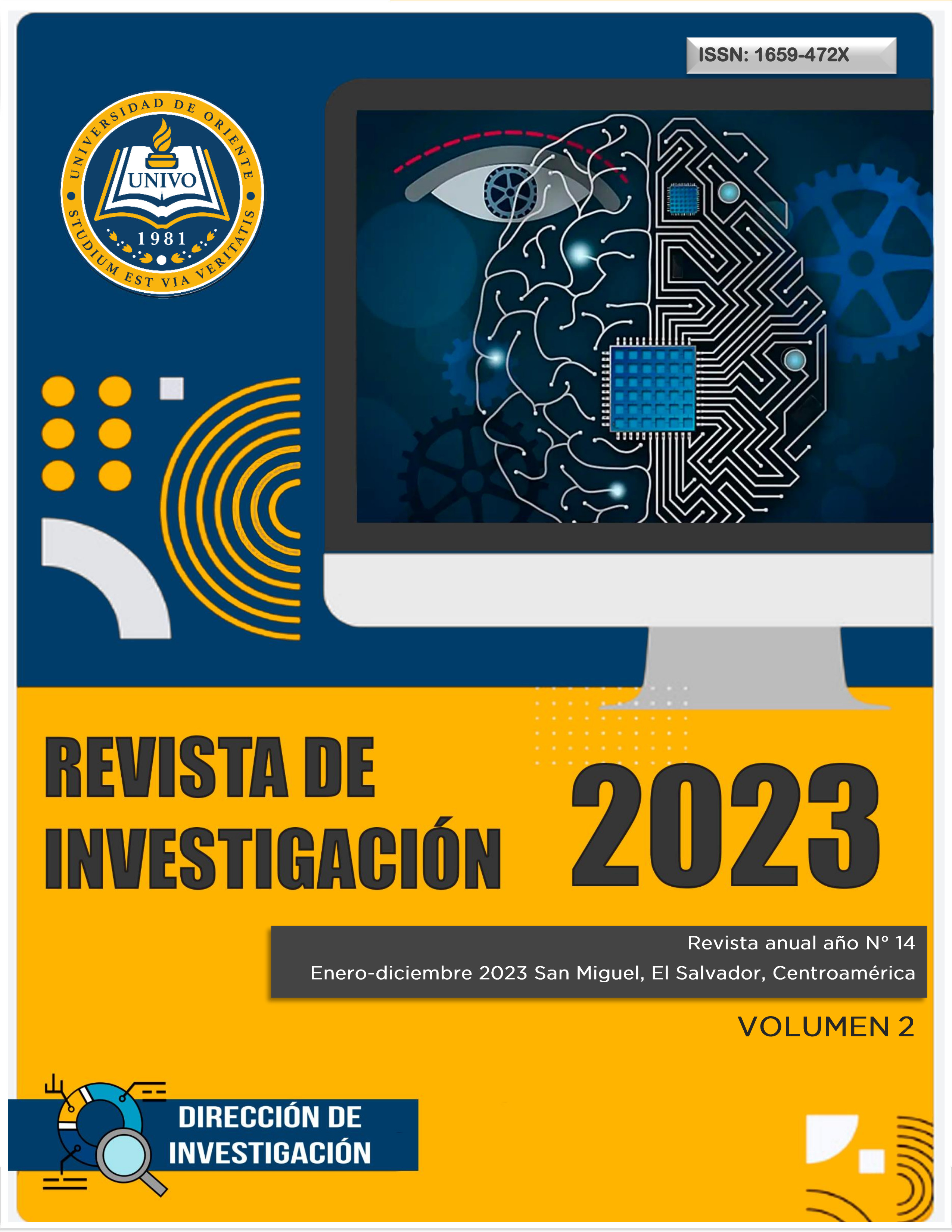Self-medication and sleep hygiene in patients with Systemic Lupus Erythematosus: a salutogenic perspective
Main Article Content
Abstract
This research proposes a theoretical approach to the study of Lupus based on Aaron Antonovsky's salutogenic health model. The work was presented at the 4th International Symposium of Advanced Topics in Exercise Physiology: Non-pharmacological treatment for the improvement of the quality of life in the Elderly in 2020 in Baja California. Some limitations on the study of Lupus are: (a) lack of a theoretical framework from the social sciences; (b) focus on biomedical models; and, (c) implicit and explicit health hierarchies, between social sciences and health sciences. Ambiguous diagnoses and prognoses, and the agency of patients and families are emerging themes in the Lupus literature. Materials and methods: nine unstructured interviews using an instrument designed from the salutogenic model (Sense of Coherence). Participants also completed an open-ended interview about sleep hygiene. Interviews were conducted online and via telephone during the COVID-19 quarantine period in El Salvador. Results: The application of the salutogenic health model resulted in the following contributions: 1) identification of the mechanisms underlying the daily lifestyle activities of people with lupus (understandability, manageability and meaning); 2) recognition that sleeping difficulties arise from the interaction between: pain, stressors related to health and economic conditions, as well as the ability to understand the disease, uncertainty and fear about its social context; and, 3) alcohol consumption and self-medication habits as strategies to fall asleep.
Article Details
How to Cite
Molina Aguilar, J. M. ., & Deleon Castro, M. O. I. . (2024). Self-medication and sleep hygiene in patients with Systemic Lupus Erythematosus: a salutogenic perspective. Inicio, 2(14), 53-65. Retrieved from https://revista.univo.edu.sv/index.php/investigacion/article/view/71
Issue
Section
Artículos

This work is licensed under a Creative Commons Attribution-NonCommercial-ShareAlike 4.0 International License.

